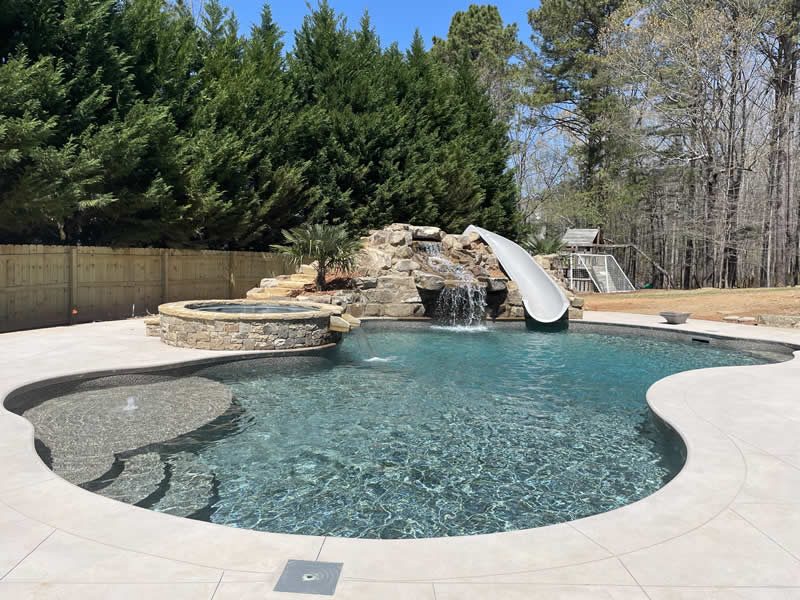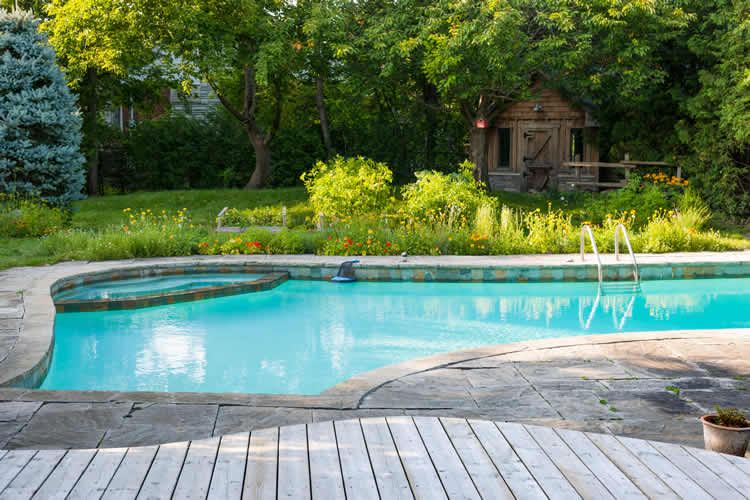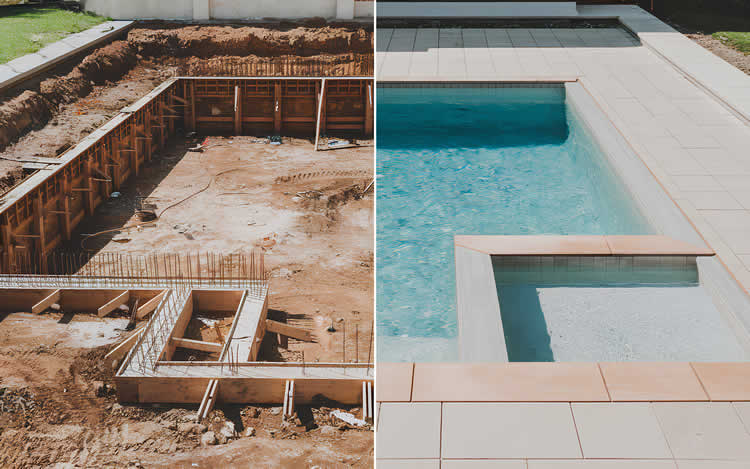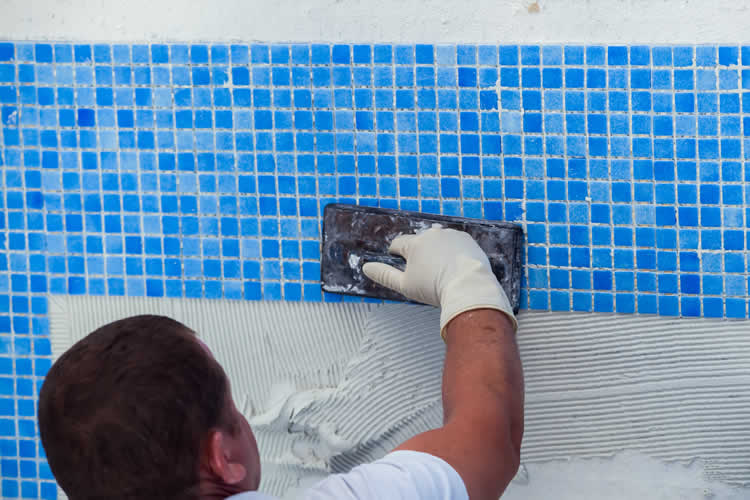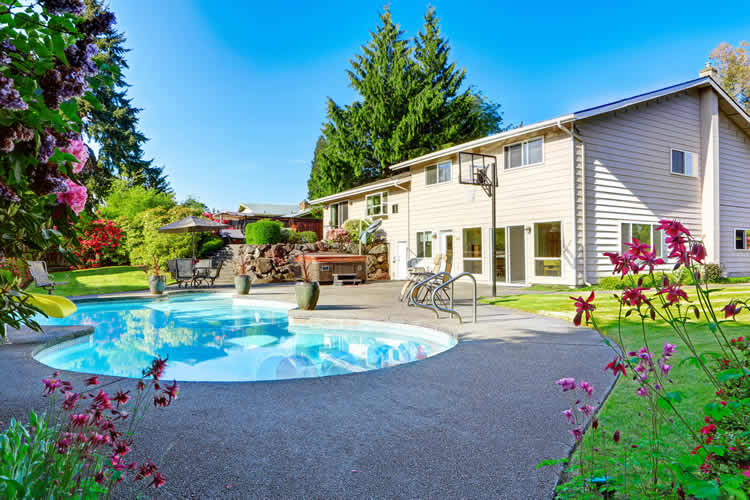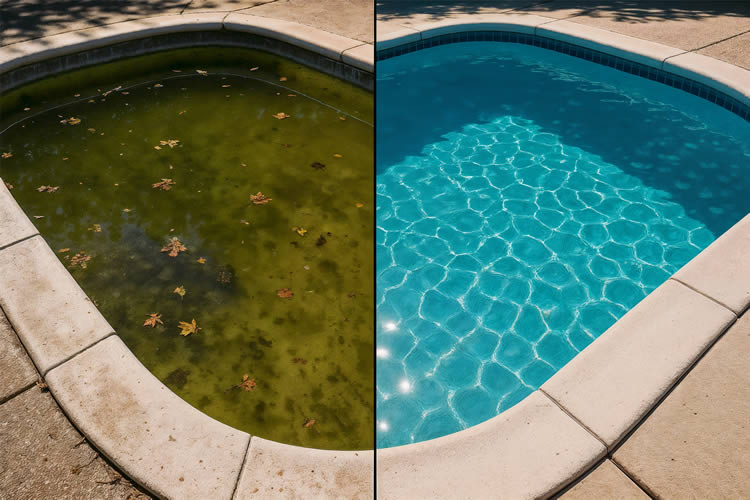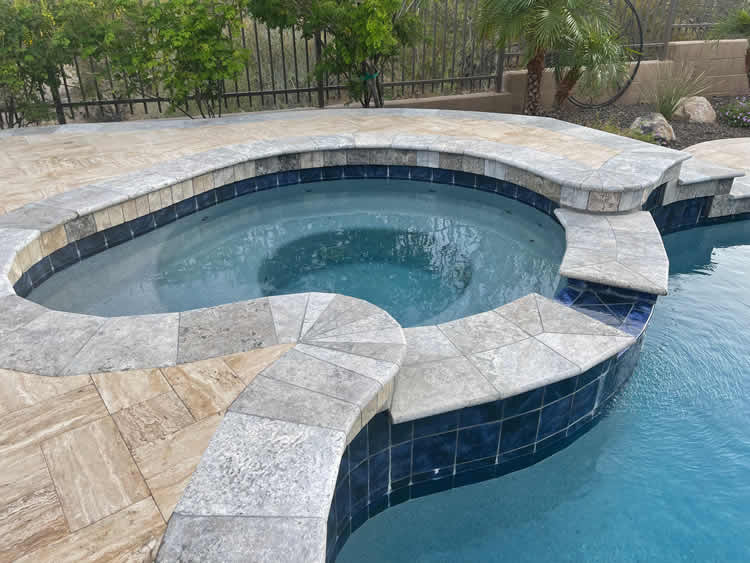Upgrading to Saltwater or Automation: Is It Worth It?
If your pool maintenance feels like a second job, you’re not alone. Between balancing chemicals, cleaning filters, and managing temperature, even a small pool can demand a lot of time. That’s why two upgrades — saltwater systems and automation — have become game-changers for Georgia homeowners looking for easier, more efficient pool ownership.
But do they really pay off? Or are they just fancy features with big price tags? Let’s unpack what these upgrades actually do, how they work, and what kind of return you can expect.
The Saltwater Revolution
Contrary to what many people think, a saltwater pool isn’t chlorine-free. It still uses chlorine — but in a much gentler, more consistent way. Instead of manually adding tablets or shock, the system uses electrolysis to convert salt into chlorine automatically as water passes through a special cell.
That steady output keeps your pool sanitized without the harshness of traditional chlorine dosing.
Benefits of a Saltwater System
- Softer, Gentler Water
Swimmers often describe saltwater as “silky.” It’s easier on skin, eyes, and swimsuits — perfect for Georgia families who swim daily. - Lower Maintenance
Once properly balanced, salt systems maintain chlorine levels automatically. That means fewer chemical adjustments and fewer trips to the pool store. - Cost Savings Over Time
While the initial setup costs around $1,500–$2,500, you’ll spend less on chlorine and stabilizers each season. Over 3–5 years, most systems pay for themselves. - Consistent Sanitation
No more chlorine highs and lows. The system produces a steady stream of sanitizer, reducing the risk of algae blooms during hot, humid Georgia summers.
Potential Drawbacks
- Higher upfront cost: Installation isn’t cheap compared to sticking with tablets.
- Corrosion risks: Salt can be tough on certain metals, stone, or pool fixtures if not managed correctly.
- Maintenance still matters: You’ll still need to clean the salt cell and test chemistry regularly.
Still, for most homeowners, the comfort and convenience easily outweigh the downsides — especially if you swim frequently.
The Smart Pool Revolution
Automation takes convenience a step further by letting you control every major function from your phone, tablet, or smart speaker.
A pool automation system acts like a central hub — it manages your pump, heater, lights, chlorinator, spa, and even water features.
Benefits of Pool Automation
- One-Tap Control
Adjust temperature, lighting, or spa jets right from an app — whether you’re in the backyard or away on vacation. - Energy Efficiency
Smart systems can schedule pumps and heaters to run during off-peak hours, saving serious energy costs over time. - Fewer Manual Adjustments
Automation handles water chemistry, filtration cycles, and lighting scenes. It’s like having a virtual pool technician on call 24/7. - Perfect Integration
Systems like Hayward OmniLogic, Pentair IntelliCenter, and Jandy iAquaLink can pair with smart home assistants such as Alexa or Google Home. - Peace of Mind
Real-time alerts notify you about temperature changes, pump errors, or chemical imbalances — before they become costly problems.
Potential Drawbacks
- Initial cost: Expect $3,000–$6,000 depending on complexity.
- Learning curve: It takes a little setup to customize settings for your pool.
- Compatibility: Some older pumps or heaters may require adapters or upgrades to integrate properly.
Still, automation doesn’t just add convenience — it can cut operating costs by 30–50%, especially when paired with a variable-speed pump.
Which Upgrade Should You Choose?
If you’re deciding between saltwater and automation, here’s a quick way to think about it:
| Priority | Best Upgrade | Why |
|---|---|---|
| Lower chemical maintenance | Saltwater System | Creates chlorine automatically, reduces irritation |
| Energy efficiency | Automation | Optimizes pump, heat, and light cycles |
| Remote control & convenience | Automation | Control everything from your phone |
| Comfort & water feel | Saltwater System | Softer, skin-friendly water |
| Long-term savings | Both | Combine for ultimate low-maintenance setup |
Let’s Talk …
Let us take care of your Pool & landscape
At Aqua Fun, we don’t just build pools — we build relationships that last for seasons to come. Our team takes the time to understand your space, your needs, and how you actually use your backyard. Then we craft solutions that make every swim, soak, or gathering more enjoyable. It’s not about selling you more; it’s about helping you get it right.
If you’ve been thinking about improving, repairing, or re-imagining your pool, let’s talk. We’ll meet you where you are, explain your options clearly, and make sure the whole process feels simple and stress-free. That’s the Aqua Fun way — real people, real care, and results that speak for themselves.
Mon – Fri
8:00 – 6:00

